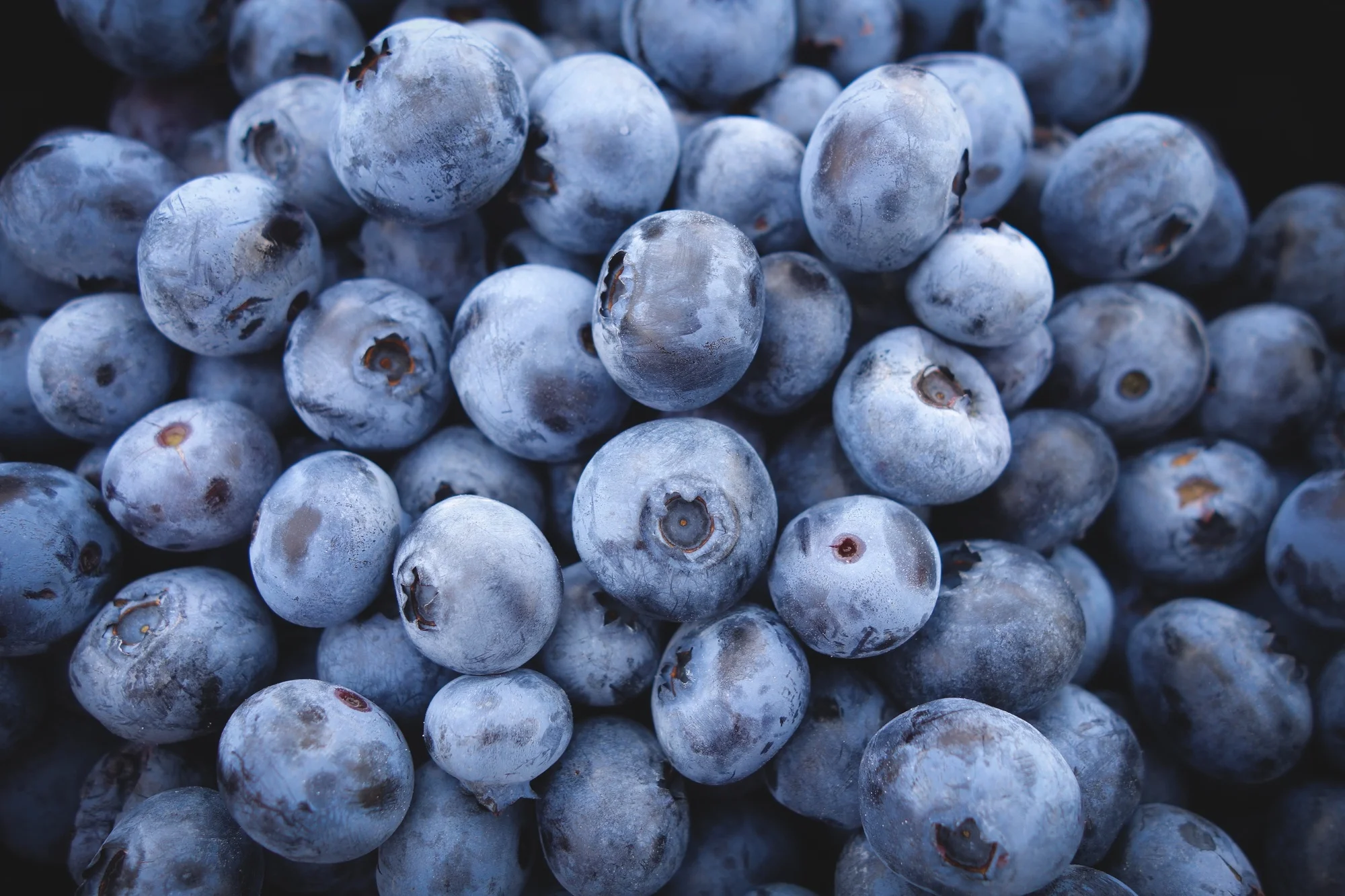Should you try a DNA test for your diet? A review of GenoPlate
/While certain foods are a safe bet for most of us, we’re all made a bit differently and need slightly different nutrients. Over the last few years, more companies have boasted they can tap into DNA results and optimize nutrition.
When I was in grad school nutrigenomics, or the study of how food affects the expression of genes, seemed SO COOL, but the research just wasn’t there yet.
I’ve watched companies dabble in nutrigenomics and more and more mainstream companies are coming out. I decided to try Genoplate.com to see what it said, and if it was worth it. Here’s what I thought!
How DNA testing works with your diet:
Genoplate claims to use your DNA to give you a comprehensive list of the exact foods you need in your diet. They look at variants in DNA, called SNPs. and compare them to research on those same genes. For example, some people have genes that process saturated fats in a way that is worse for their cardiovascular systems. If you had this gene you would be told to eat less saturated fats. They also test if you are likely to have gluten or lactose intolerance, how you metabolize caffeine and alcohol, your optimum intake of macronutrients, and how you may absorb certain vitamins and minerals.
Cost:
Prices range from relatively low ($39), if you've already done DNA research elsewhere like 23andme, or pretty high (close to $200.) They seem to frequently have discount codes, so be on the look out.
First impressions:
I thought it was cool how they broke down each nutrient and explained their impact. Below that they let you know your particular variant and if you should have normal, low or high amounts. They also share what foods you can get those nutrients from. At the end of my report, I got an easy to read graphic with photos of foods that would be good for me.
For example, I have a genotype that tends to have lower B6 and B12 levels in my blood. I was given how much I should aim for and foods that are high in these nutrients. At the end of my results was an easy to glance at sheet. You could add these items as a no-brainer to your grocery list and have healthy meals without having to think much about the why. I like their approach since they gave all the details, but then make it easy to implement.
Final thoughts:
At the end of the day, none of my results were mind-blowing. All of my recommendations were in line with a healthy standard diet - low saturated fats, high omega 3s, low Omega 6s, high fiber, low sugar, low sodium, etc.
For someone that is just learning about healthier eating, is into science, or suspects they have a gluten intolerance or vitamin deficiencies, this test could be helpful in ruling things out and getting started on a healthier meal plan.
I would recommend waiting for a deal (they seem to have them frequently) or using your other DNA site results if you’ve done that before. And as always, if you have questions about your diet and would like to get more details and help, reach out to a registered dietitian for help!




